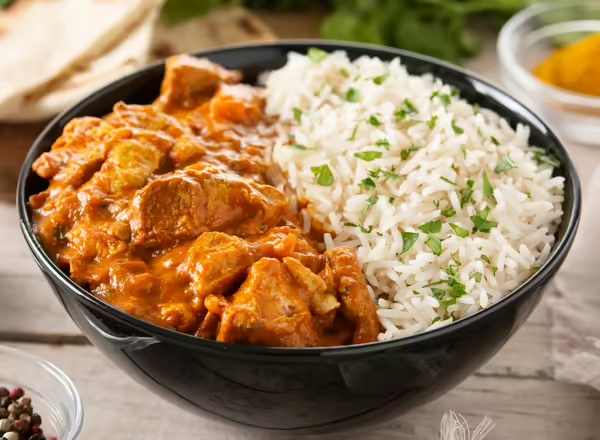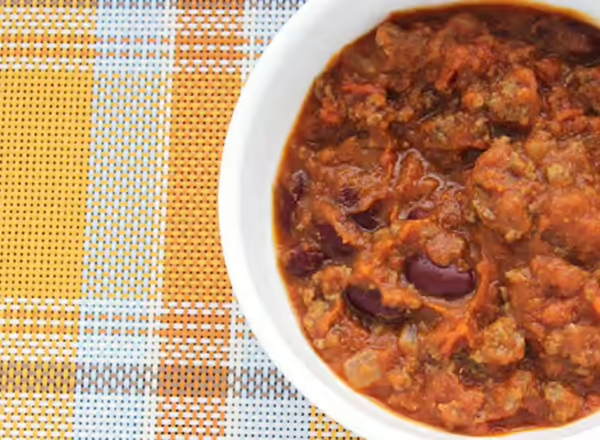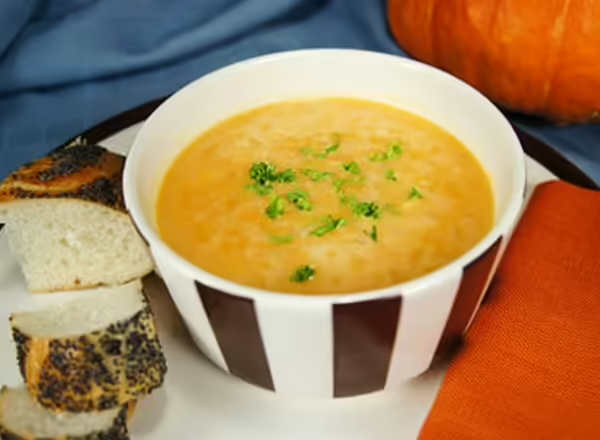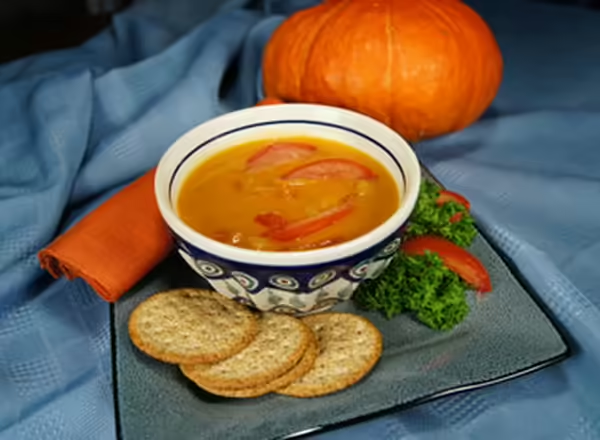Pumpkins are packed with nutrition.
Whether used in a savory soup, added to quick breads, or your beloved family pie, pumpkins are a fall favorite for many, and very versatile. This fruit is packed full of key nutrients our bodies need. Yes, I said fruit. Fun fact: although pumpkins have a nutritional profile like that of a vegetable, they are botanically a fruit since they contain seeds. All parts of the pumpkin are considered edible and used all over the world as ingredients in both savory and sweet dishes. For example, cooked pumpkin leaves served in with rice or in porridge in Asian and African countries.
Pumpkins are a member of the Cucurbitaceae family, which also includes squash, cantaloupe, cucumbers, watermelon, and gourds. While botanically they are considered a fruit due to their seeds, they are classified as a Red and Orange Vegetable in MyPlate. Aim for 4 to 6 cups of red and orange vegetables each week – enjoy your pumpkin.
When shopping for canned pumpkin, purchase 100% pumpkin. Some canned pumpkin is pie filling, which includes addition of sugar.
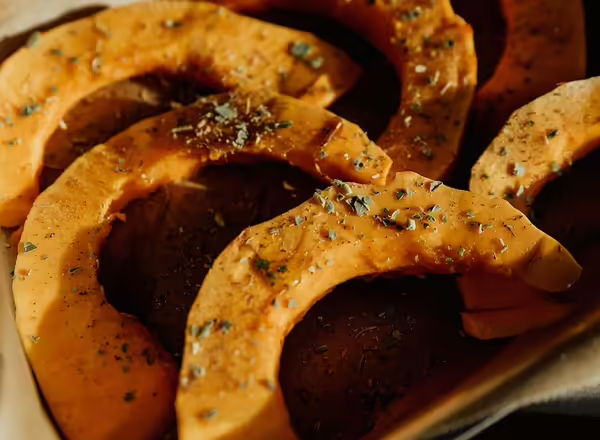
Pumpkin is an excellent nutrient-dense addition to your fall menu. They are a great source of Vitamins A and C, potassium, fiber, and are low in calories. Pumpkin is also rich in carotenoids. Carotenoids are the naturally occurring pigment found in fruits and vegetables, such as in pumpkins, carrots, dark green leafy greens, and cantaloupe, giving them their bright orange, green and yellow colors. There are more than 700 types of carotenoids, which have antioxidant properties.
Consuming a diet rich in antioxidants helps to protect our cells from the damage caused by free radicals. Free radicals are naturally occurring byproducts of chemical processes, such as metabolism, which occur in our bodies. By consuming a diet rich in antioxidants, including beta-carotene, lycopene, lutein, selenium, and vitamins A, C, and E, we can counteract some of their harmful damage.
Choose a pumpkin perfect for eating
Before selecting your pumpkin, you have to decide what the pumpkin’s intended use will be. This is because, like many things in life, not all pumpkins are created equal. Thus, if you are planning on cooking or baking with your pumpkin, you should consider these factors.
Most times pumpkin is added to baked goods, stews, soups, and even a secret ingredient in some sloppy joe recipes. Other ideas include adding pumpkin to smoothies, pancakes, puddings, and hummus. Try roasting the pumpkin seeds with different spice blends; like spicy and sweet. Pureed pumpkin can be used in many recipes.
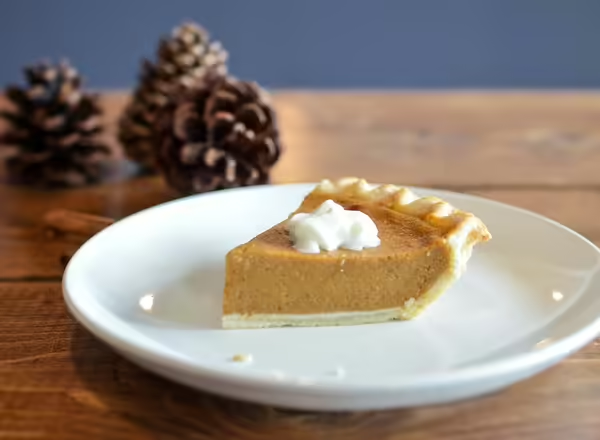
Processing pumpkins, sometimes called “pie” or “sweet” pumpkins, are more desirable for baking or cooking. These pumpkins have high sugar content, are more flavorful, less watery, and have smooth-textured flesh. Pie pumpkins are generally smaller and have a less grainy texture compared to jack-o-lantern pumpkins.
- When selecting baking pumpkins, pick smaller pumpkins, ideally between 4-8 pounds. If you do not have a scale handy, simply choose a pumpkin that seems heavy for its size; this will indicate a great pumpkin!
- Select a firm, unblemished pumpkin, free of soft spots, nicks, cuts, or cracks. You will also want to make sure your pumpkin has a stem, especially if you are not planning to bake it in the immediate future.
Pumpkin Nutrition Facts
(1 cup cooked, boiled, drained, without salt)
- Calories: 49
- Protein: 2 g
- Carbohydrate 12 g
- Dietary Fiber 3 grams
- Calcium 37 mg
- Iron 1.4 mg]
- Magnesium 22 mg
- Potassium 564 mg
- Zinc 1 mg
- Selenium .50 mg
- Vitamin C 12 mg
- Niacin 1 mg
- Folate 21 mcg
- Vitamin A 2650 IU
- Vitamin E 3 mg
- Pumpkin can be served with a variety of spices; try nutmeg, cinnamon, and cloves for a sweeter flavor and chili powder, garlic, and paprika for a savory flavor. Add a sprinkle of rosemary, thyme, or fresh oregano before serving.
- Pumpkins are nutrient dense food; full of fiber, and minerals like magnesium and potassium; they help to build strong bones and teeth and aid in muscle contraction. They provide Vitamin A & C which builds healthy skin and heals wounds.
- Pumpkin nourishes eye health. Vitamin A provides the ability for our body to make a protein called lutein that aids eye health. Vitamin A also nurtures other parts of the eye, like the cornea which helps focus and filter light so you can see clearly.
- Pumpkin is recommended as part of a heart-healthy diet; providing fiber, calcium, potassium, and magnesium which help regulate heartbeat and lower blood pressure.
- One-cup of pumpkin is 30 calories. Pumpkins are fat, cholesterols and sodium free.
